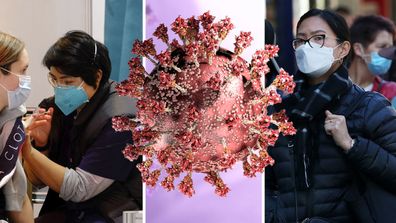Neighbouring Cameroon had restricted movement along the border to avoid contagion following reports of an unknown, deadly hemorrhagic fever in Equatorial Guinea last week.

“On the 13th of February, we had two suspected cases. These are two 16-year-old children, a boy and a girl, who have no previous travel history to the affected areas in Equatorial Guinea,” the public health delegate for the region, Robert Mathurin Bidjang, said at a meeting in Cameroon’s capital Yaounde.
He said 42 people who came into contact with the two children have been identified and contact tracing was ongoing.
The small Central African country has so far reported nine deaths as well as 16 suspected cases of Marburg virus disease, with symptoms including fever, fatigue, and blood-stained vomit and diarrhea, according to the WHO.
“Surveillance in the field has been intensified,” George Ameh, WHO’s country representative in Equatorial Guinea, said.
“Contact tracing, as you know, is a cornerstone of the response.
“We have … redeployed the COVID-19 teams that were there for contact tracing and quickly retrofitted them to really help us out.”
Read Related Also: Gavin Newsom roasted for leaving California on ‘personal travel’ during devastating winter storms
Equatorial Guinea quarantined more than 200 people and restricted movement last week in its Kie-Ntem province, where the haemorrhagic fever was first detected.
Marburg virus is a highly infectious disease transmitted to humans via fruit bats that can have a fatality rate of up to 88 per cent, according to the WHO.

There are no vaccines or antiviral treatments approved to treat it.
“We’re working on a 30-day response plan where we should be able to quantify what are the exact measures and quantify what are the exact needs,” Ameh said.
He added that the country’s authorities had not reported any new suspected cases in the last 48 hours.

Answers to the most commonly Googled questions about COVID-19








